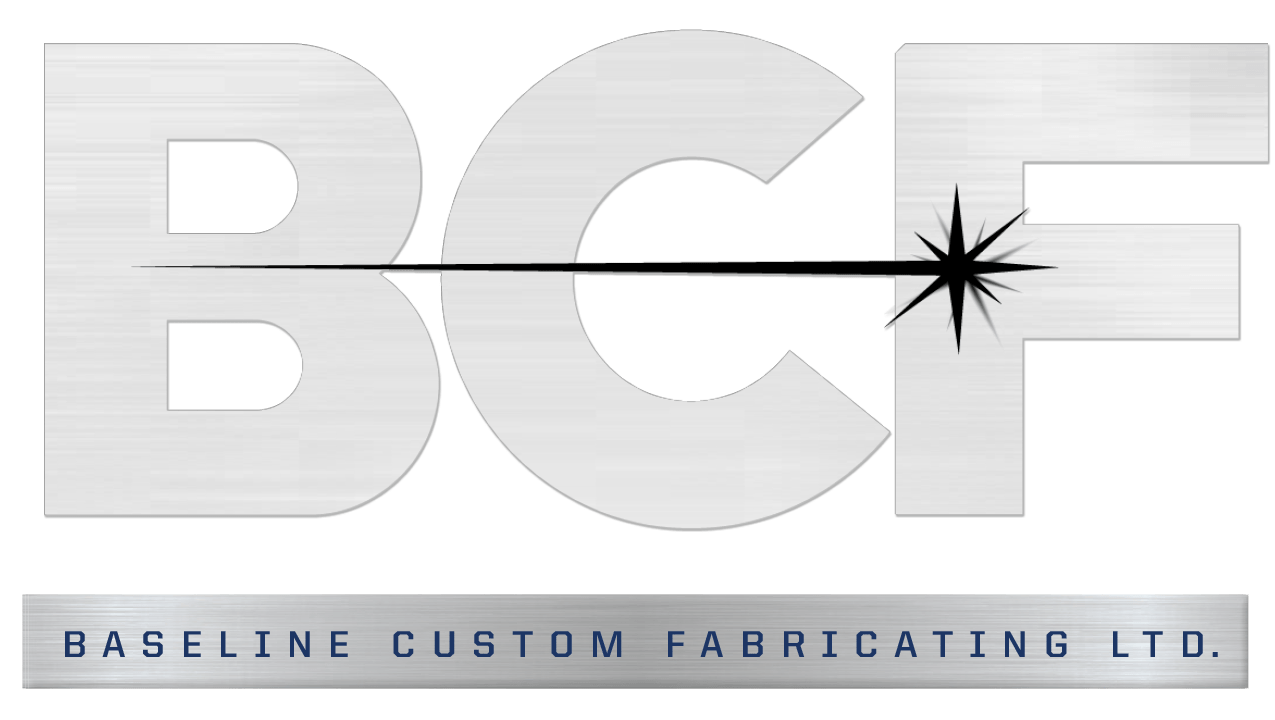The Work of a Steel Fabricator
Steel fabrication dominates the construction industry due to the durability, reliability and versatility of steel. Anything can be made out of steel, from your window frames to your car. It can also be pre-engineered, which is not possible with other materials. As a metal, steel can be easily reshaped, customized, or redesigned into fabricated shapes.
Steel fabrication is a very technical trade and requires a steel fabricator to be very precise. Their work involves cutting, bending, and welding a wide variety of steel parts. Each process requires perfection before the fabricator can assemble all the components together. The entire process is very complex.
The steel fabricator has a duty to ensure that every part is accurate and done in accordance with design drawings.
In order to achieve all the required details of the project, there must be strict coordination between concept and design, as well as computer simulations and prototyping.
Three Major Processes Undertaken by a Steel Fabricator
- Cutting: This is the first step of fabrication. The steel fabricator can opt to use latest cutting technologies for more precise cuts. Two great options include laser cutting and plasma cutting. Laser cutters are perfect for applications that require high precision and accuracy, whereas using a plasma torch is great for cutting thicker steel sheets that need multiple piercings. Both techniques can also integrate CNC technology for faster production of bulk orders. CNC machines are helpful for complicated projects.
- Bending: Sheet metal can be bent manually, but technological innovations have provided more efficiency and accuracy for stronger and durable bending. To achieve these benefits, a thorough understanding of CAD drawings is necessary. A steel fabricator must know how to read CAD drawings before the parts specifications can be transcribed. This is vital so that the finished product matches client requests. CAD drawings include measurements for bend angle, inside radius, part, blank size, etc.
- Welding: This is a proven technique that has been used for hundreds of years, and requires joining two or more steel parts together using heat and pressure. A steel fabricator must follow the details of the CAD drawings while welding and must have the capacity to make adjustments if needed.
At Baseline Custom Fabricating, we train our technicians to deliver high quality projects for our clients in Toronto, the GTA, and across Canada. In addition to steel fabrication, we offer construction and mobile welding services. Give us a call at 905-434-2556 to learn more!







